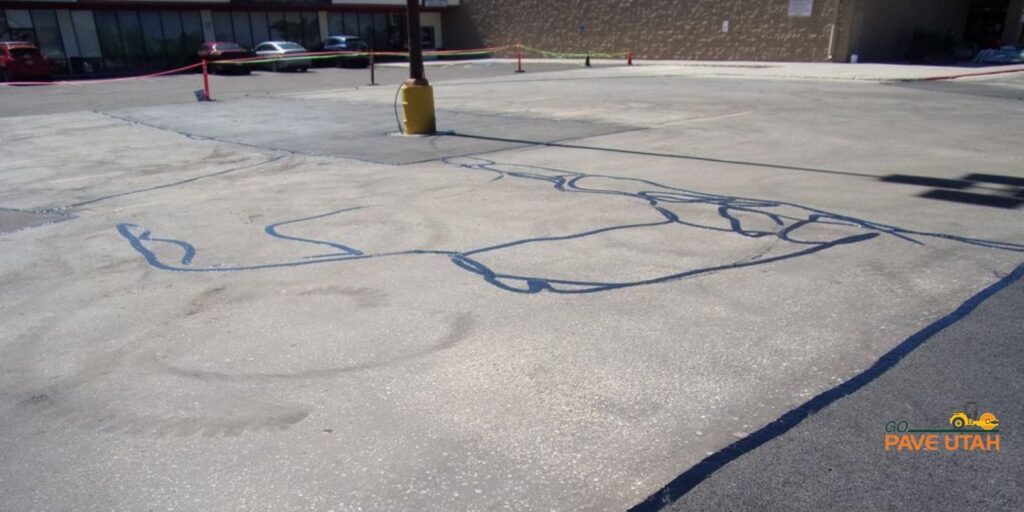
Asphalt surfaces, such as parking lots, are susceptible to damage from environmental factors, particularly during colder weather. Implementing effective asphalt crack sealing is essential for property managers and owners in Utah to maintain the integrity and longevity of their pavements.
Asphalt crack sealing involves applying a specialized sealant into existing cracks on asphalt surfaces. This process prevents moisture, debris, and other harmful elements from infiltrating the pavement, thereby mitigating further deterioration. By addressing cracks promptly, property managers can extend the lifespan of their asphalt surfaces and reduce maintenance costs.
The timing of crack sealing is pivotal for its effectiveness. In Utah, it is advisable to perform crack sealing during the fall, before the onset of winter. This timing ensures that cracks are sealed before exposure to freeze-thaw cycles, which can worsen existing damage.
Utah's diverse climate, characterized by significant temperature variations, necessitates the use of flexible sealants capable of accommodating thermal expansion and contraction. Additionally, the selection of sealants that can withstand UV exposure and resist oxidation is important to maintain the pavement's integrity over time.
For property managers and owners in Utah, implementing a proactive asphalt crack maintenance program is essential to preserve the functionality and appearance of parking lots and other asphalt surfaces. By understanding the benefits of asphalt crack sealing and adhering to best practices, it is possible to mitigate the adverse effects of colder weather and extend the service life of asphalt pavements.